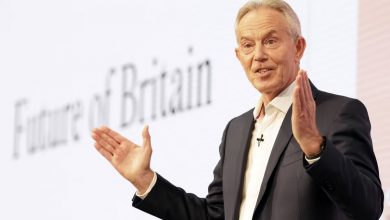 A key framework concept for digitizing government in the Cloud, via platforms like Microsoft Azure, is ‘Digital Public Infrastructure’ (DPI).
A key framework concept for digitizing government in the Cloud, via platforms like Microsoft Azure, is ‘Digital Public Infrastructure’ (DPI).
DPI refers to the technological framework and services provided by the government or public sector to facilitate digital interactions and transactions for citizens, businesses, and other entities.
DPI aims to enhance accessibility, efficiency, and inclusivity in the delivery of public services and information through digital channels.
As the United Nations describes:
“DPI is an evolving concept, but there is growing consensus on it being a combination of (i) networked open technology standards built for public interest, (ii) enabling governance, and (iii) a community of innovative and competitive market players working to drive innovation, especially across public programmes.”
Components of Digital Public Infrastructure
The World Economic Forum defines that DPI “is a set of shared digital systems that are secure and interoperable, built on open technologies, to deliver equitable access to public and/or private services at a societal scale”.
- Identity Management: Secure and reliable digital identity verification systems for users.
- Payment Systems: Seamless and secure digital payment platforms for transactions.
- Data Exchange: Infrastructure for secure data sharing and interoperability.
- Service Delivery Platforms: Online portals and applications for accessing public services.
- Open Data Initiatives: Making government data accessible for public use and innovation.
The United Nations offers this playbook.
Case Study Reference Examples
They cite example countries like India, Estonia and Singapore, among others, and how they revolutionize how people interact with technology and services through national digital strategies.
- Estonia’s e-Residency Program: Estonia’s e-Residency program offers a digital identity to non-residents, allowing them to access Estonian services and conduct business online. It provides a secure platform for digital signatures, tax filing, and business registration.
- India’s Aadhaar System: India’s Aadhaar system is a biometric-based digital identity program that has enabled millions of citizens to access government services and benefits online. It serves as a foundation for various digital initiatives in the country.
- Singapore’s Smart Nation Initiative: Singapore’s Smart Nation initiative focuses on leveraging technology to improve public services and urban living. It includes initiatives such as digital payments, data sharing platforms, and smart infrastructure for a connected society.
By investing in Digital Public Infrastructure, governments can enhance transparency, efficiency, and citizen engagement in the digital age.



